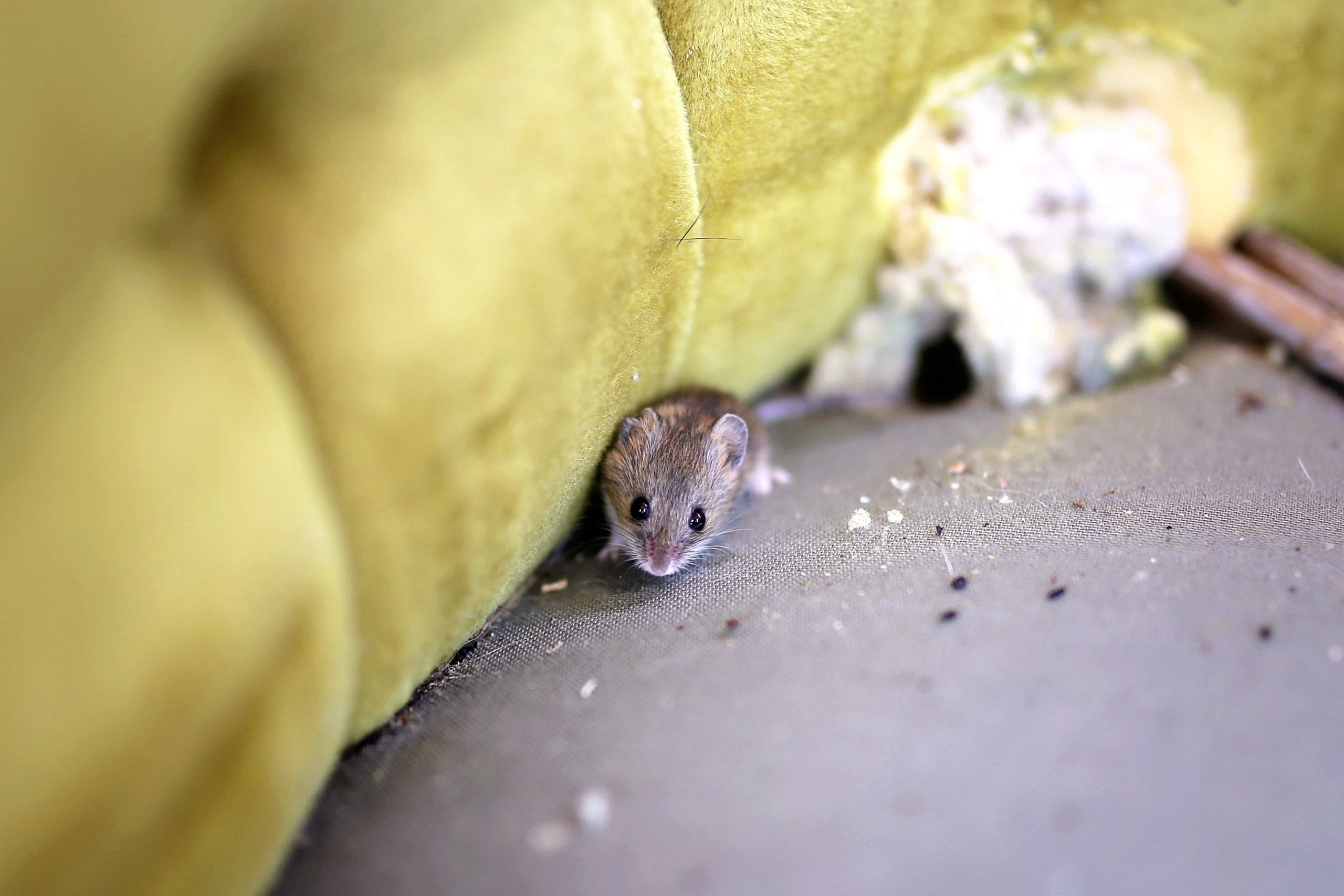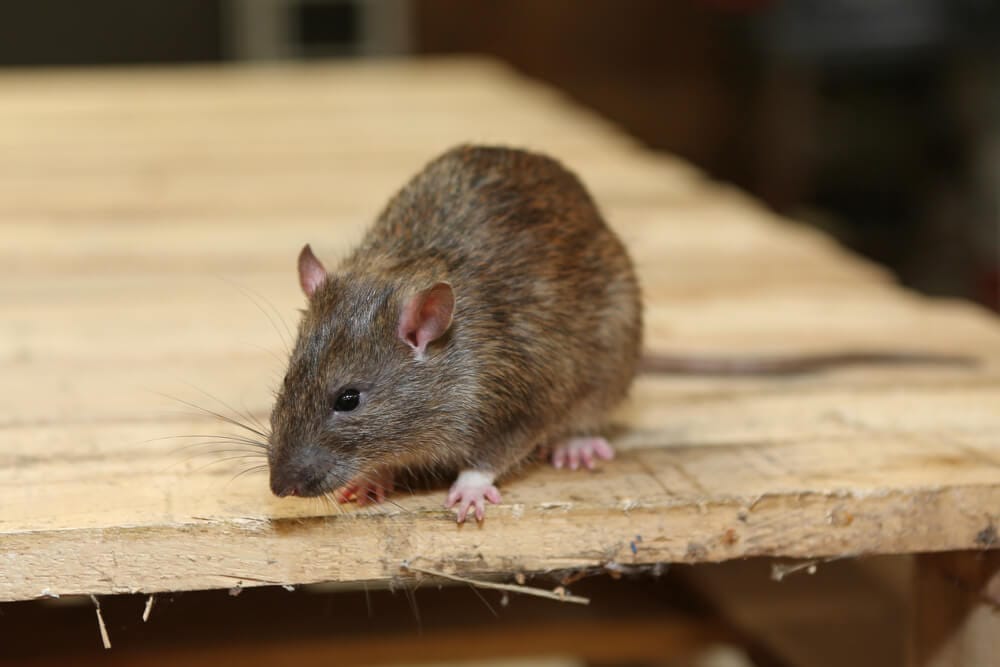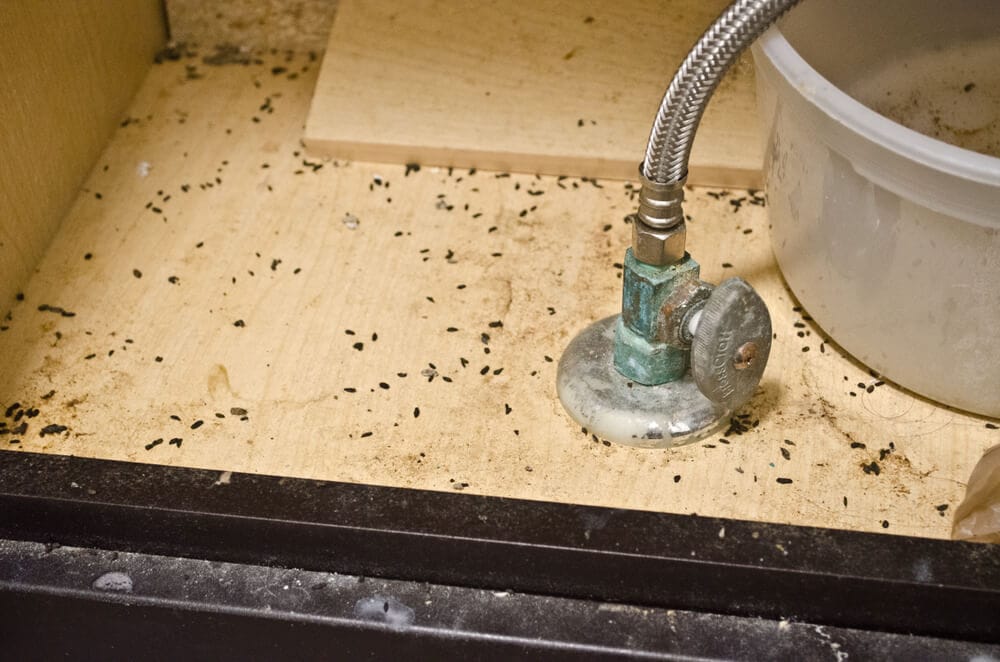Mouse droppings can be confused with a lot of different rodents however they have a very distinct look to them. They are typically cylinder or tubular in shape and approximately a quarter of an inch long and always black in color. When you identify this type of fecal matter the biggest threat to a human being is Hanta virus. If you look up hantavirus on the Internet you will quickly see that it is an airborne illness associated with rodent droppings. The most common way people get hantavirus is they typically see a large amount of rodent droppings in their shed or garage and they attempt to start sweeping them up. When they do that the dust flies up and the person inhales what could contain hantavirus. It is extremely deadly.
in the last few years there was a case in the Seattle area of Washington where a man in his 30s was sweeping out rodent droppings from his shed or garage and got the virus. He died less than 60 days later.
Theres no way to know for sure if a rodent has the antivirus and less you actually test him for it. In the biohazard cleanup industry we treat all rodent droppings as potentially contaminated with the virus and we protect ourselves by wearing respirators with cartridges.
Two tips for homeowners to safely illuminate rodent droppings without getting sick are number one purchase a respirator with cartridges that are suitable for organic volatile compounds. Number two rent or purchase a HEPA vacuum, which contains triple filtration and will avoid blowing it airborne. Please do not use a shop vacuum because that does not contain the level of filtration required for this type of cleanup.
Call For information or assistance with this type of rodent dropping cleanup services please reach out to one of our many locations across the United States.
Rodent Droppings in Your Home?
Here are a few other resources to help you with the rodent droppings and their associated risks.




